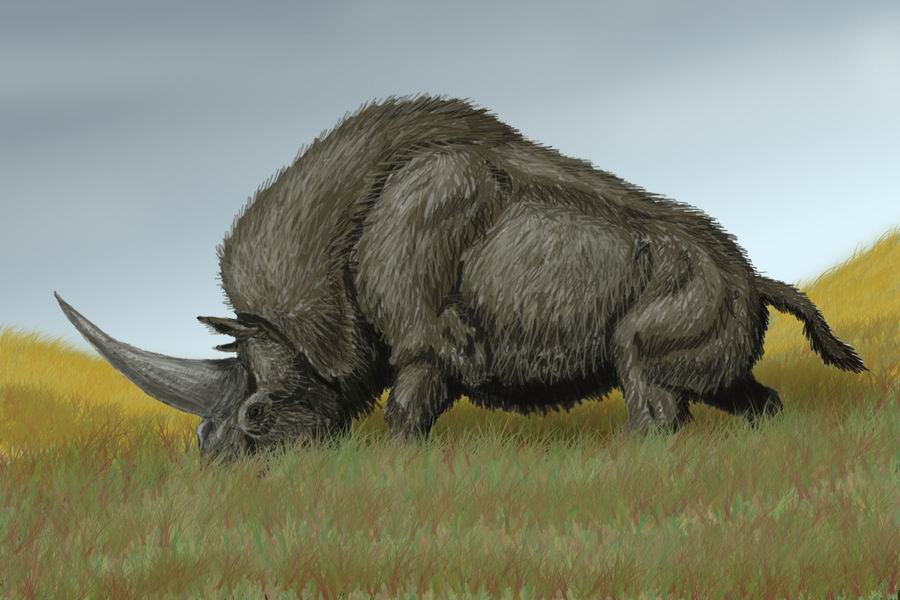Researchers believe the so-called “Siberian unicorn” roamed Earth with our human ancestor long before the first castles were built. These giant creatures lived in the Siberian plains and are believed to have weighed about 3.5 metric tons. Now new research suggests these colossal Siberian animals lived roughly 36,000 years ago and were distant ancestors of the modern rhinoceros.
The study focused on the Elasmotherium sibiricum, commonly referred to as the Siberian unicorn. The creatures had only one huge horn. In fact, their horn was so large and sharp that it would pose a great threat to today’s rhinos. However, the animal is extinct today. To find out why the Siberian rhino was wiped out, an international team of scientists from Adelaide and Sydney in Australia, London, the Netherlands and Russia gathered to learn more about it. Their findings were published in the journal Nature Ecology and Evolution on Nov. 26.
The study suggests the animal became extinct during an ice age because of the rapid climate change. According to researchers, the ice age caused the landscape in Siberia to change, wiping out the grassy habitat it lived in during its time. The ancient Siberian rhino lived in parts of modern-day Russia, Kazakhstan, Mongolia and northern China.
“Some of the samples we studied were very contaminated which made the radiocarbon dating very challenging,” study co-author and Oxford researcher Thibaut Devièse said in a statement. “For this reason we used a novel method of extracting a single amino acid from the bone’s collagen in order to ensure highly accurate results.”
The researchers who led the study suggested that the Siberian unicorn became extinct 165,000 years later than originally thought. That would mean the animal lived when ancient humans and Neanderthals still inhabited Earth. Even though climate change is believed to have killed off the species, in this particular case, human activity is not to be blamed.
”The Siberian unicorn appears to have been badly hit by the start of the ice age in Eurasia,” study co-author and climate scientist Chris Turney from the University of New South Wales said in a statement. “A precipitous fall in temperature led to an increase in the amount of frozen ground, reducing the tough, dry grasses it lived on and impacting populations over a vast region.”
Although the ancient Siberian unicorn greatly resembled modern-day rhinos, by analyzing its DNA, the scientists were disappointed to learn that it may have been only a distant relative of the rhinos living on Earth today. In fact, the rhinos are believed to be the last surviving member of the same family to which the mythical “unicorns belonged.”
“The ancestors of the Siberian unicorn split from the ancestors of all living rhinos over 40 million years ago,” study co-author and University of Adelaide genetics researcher Kieren Mitchell said in a statement. “That makes the Siberian unicorn and the African white rhino even more distant cousins than humans are to monkeys.”





